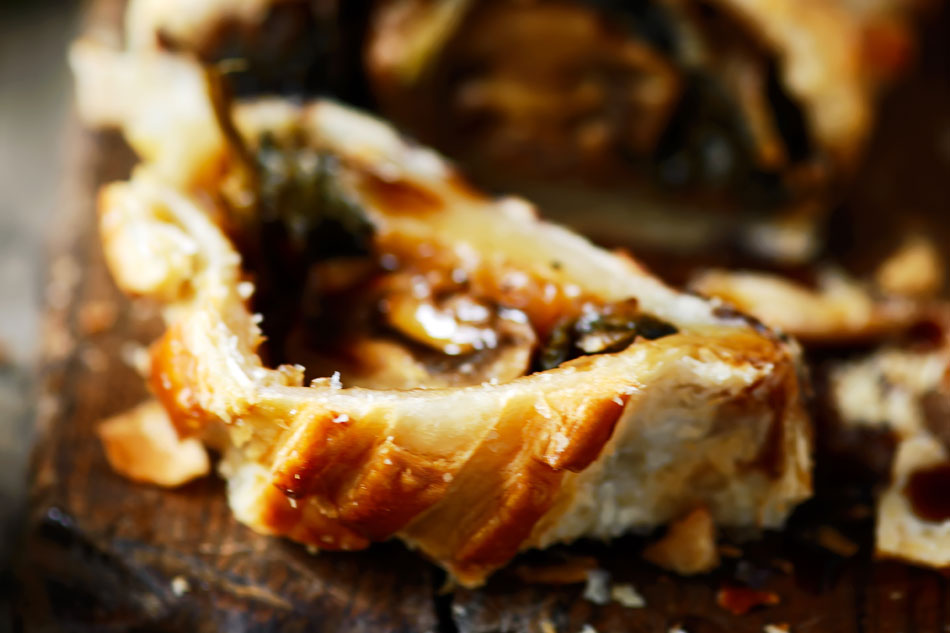January 2020
Firstly, Happy New Year.
Secondly, now is the time to multiply and conquer!
It is true that life on the Crouchers vegetable plot is quiet – save for the ever-lasting kale harvest, the slumbering broccoli and the fledgling alliums – but work around the hotel and Cider House Kitchen restaurant never stops.
Top of the list of January jobs is creating new plants via hardwood cuttings which is great at this time of year as it costs absolutely nothing and gives great reward.
So far I have taken cuttings from forsythia, cornus, blackcurrant, gooseberry and blueberry plants – and I have ambitions to tackle our roses, buddleja and redcurrants.
How to do it: choose a good length of pencil-thick stem, and remove as much as possible.
Remove the tip, and then cut the length into pieces between 20 and 25cm long, with a straight cut below a bud and an angled cut above a bud.
Cutting this way ensures you don’t put the cuttings into the ground the wrong way up – but also the angled cut at the top ensures any rainwater runs off.
The best soil for hardwood cuttings has good drainage, so incorporate some sharp sand or horticultural grit into your potting media.
Dip the bottom of the cutting into some hormone rooting powder and insert up to two-thirds of the cutting into the soil.
Then forget about them until the autumn when, fingers crossed they will have rooted and, hey presto, new plants.
I am particularly excited about the possibility of new cornus (otherwise known as dogwood) plants as I want them for a shrub border outside the restaurant’s conservatory.
I love the bright red stems that drop a much-needed splash of colour into the winter greyness. These, along with the Forsythia and some bargain St John’s Wort, Salix and Elaeangus picked up in the sales, should help create a much more pleasant sight than the brambles and nettles that currently dominate this area.
Moving on, like-minded gardeners will be enjoying the fruits of previous hard work as dozens of bulbs and alliums poke up through the barren soil.
It’s a great confirmation that life underground continues to thrive and hints at the promise of spring colour.
And, of course, the hidden blubs are sprouting to produce new plants each year – and I’ve not had to raise a finger to help, which must be the best way to multiply and conquer!
–Tim


